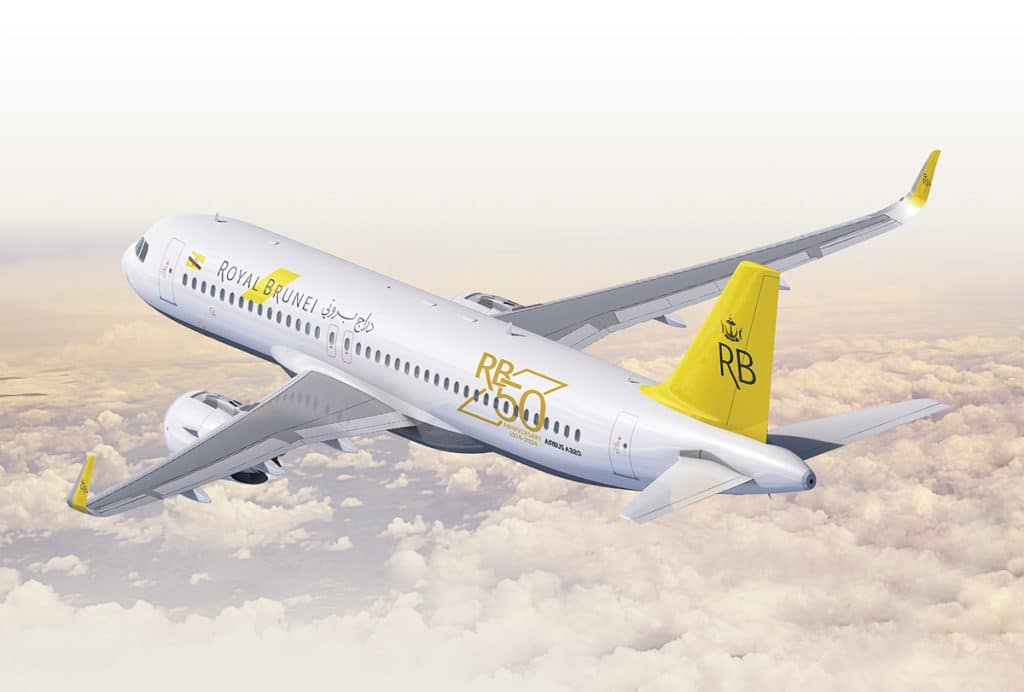Interview with David Bruner of Panasonic Avionics
SatCom Frontier recently spoke with David Bruner, Vice President of global communications services at Panasonic Avionics Corporation. David talks below about Panasonic’s move into providing in-flight broadband connectivity, and the ongoing Ku- vs. Ka-band HTS debate.
Please give some background on your business division inside Panasonic.
We’ve been in the in-flight entertainment market for more than 30 years. Panasonic is the preferred provider for the airlines, and our equipment has been installed on almost every aircraft type all around the world.
A few years ago our company moved into the connectivity realm. At the time we were assisted by another supplier, but they simply wanted our equipment, without sharing the broadband network under construction. We decided that wasn’t best for our company or our customers, and our CEO decided to move forward to develop a high speed, global network to facilitate data transfer while in the air. This data could then be used for all kinds of applications.
Intelsat was one of our first partners in this new effort, and they assisted us in securing Lufthansa as our first customer. We’ve now been in revenue service for three years.
To date we’ve received orders from 40 airlines and have approximately 1,800 aircraft committed to our broadband connectivity service. The growth has been very fast and has exceeded our expectations. Market forecasts predict that full broadband will be ubiquitous on all flights by 2020. This data traffic is totally Incremental to all the other existing satellite segments – maritime, broadcast, etc.
The most exciting new service to me is a true global TV network that is available anywhere in the world. The days of being cut off on a long international trip are coming to a close. Also exciting is that our network can be used by mobile phones on flights anywhere in the U.S., if the FCC moves forward with it’s proposed rule changes.
You recently participated in a panel discussion on new HTS platforms – what were some of the topics discussed?
The clear takeaway for me was that focusing too much on frequency is pretty silly. The biggest factor is the usage. Ku-band is the dominant frequency now, and Ka-band is the new kid on the block. Both offer reuse and spot beams.
What really matters to a service provider is — how much capacity is available in your specific segment, and where geographically is it? Capacity where you don’t need it doesn’t do you much good.
We needed massive capacity on the most heavily trafficked airline routes. That translates to the North Atlantic, United States and Western Europe. These are the routes with a great amount of Ku-band capacity. That contrasts favorably against upcoming Inmarsat/Xpress Ka-band, which offers global service in many areas less important to Panasonic.
We can offer SATCOM broadband connectivity on 99.6 % of our current flight hours. The capacity we’ll get from the upcoming IS-29 and IS-33 satellites are the foundations of this connectivity. And they set us up for the dramatic growth expected by 2020.
By the time HTS platforms are operational, we’ll have access to over 700 planes. Intelsat also customized the offering a bit for us, providing wide beam over spot beams. Ku-band was simply the best solution for us, it solved our bandwidth needs without any major system changes, with interoperability and global coverage.
So what’s a better way to view the Ku- vs. Ka-band HTS debate?
A better way to frame the argument in my opinion is – how do we reset the economics of SATCOM to spur innovation?
We’re going through a process now in which usage per user is growing. It’s doubled in just the past three years we’ve been in operation. This growth is forcing SATCOM to become more efficient, forcing the cost per bit delivered downward.
When this cost drops far enough, usage will explode and unleash innovation in airborne SATCOM. This will happen just as we’ve seen in sectors like terrestrial Internet and mobile. Wide spread and affordable connectivity will drive application makers to unlock market potential, just like Apple did with the iPhone.
That’s what HTS and systems like EpicNG make possible. To extend the mobile analogy further, focusing on Ku- vs. Ka-band reminds me of the CDMA vs. TDMA vs. GSM debates of the 1990s. Engineers and certain manufacturers care about such issues – consumers do not.
Greater connectivity and usage grows the addressable market for everyone. More parties working together makes innovation happen. In our case, we’re committed to moving the airline industry beyond the days of asymmetric communications.
In the next 18-24 months, what changes to you see coming to the commercial space market?
Going back to reducing cost structures, lower cost and more frequent launches will become more common. Innovations like SpaceX are turning the launch market upside down. Less expensive launch options allow for new business and applications not currently feasible.
Here again restructuring the sunk costs unleashes innovative segments and services. The savings are truly significant, ranging from 30 to as much as 70 percent. This enables companies to experiment, take some chances and bring new solutions to market. That’s what we’ll see in the next two years, and it will be an exciting ride.






















